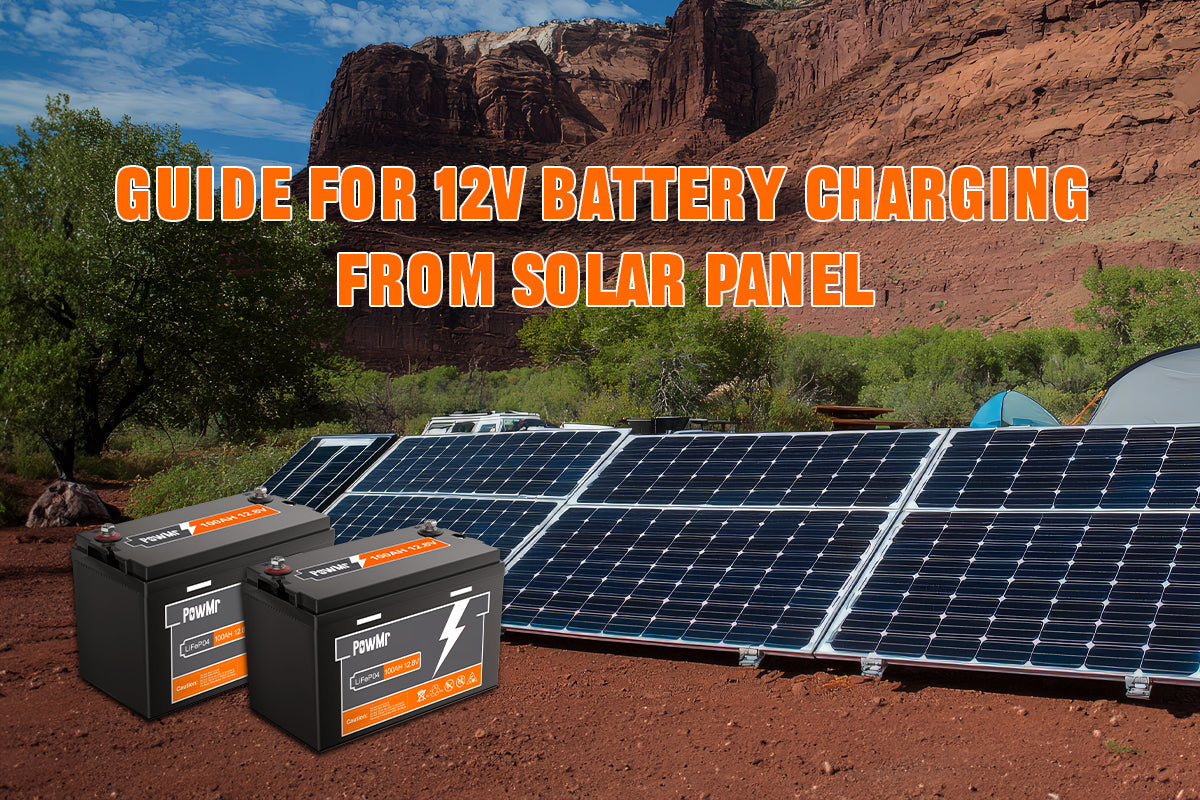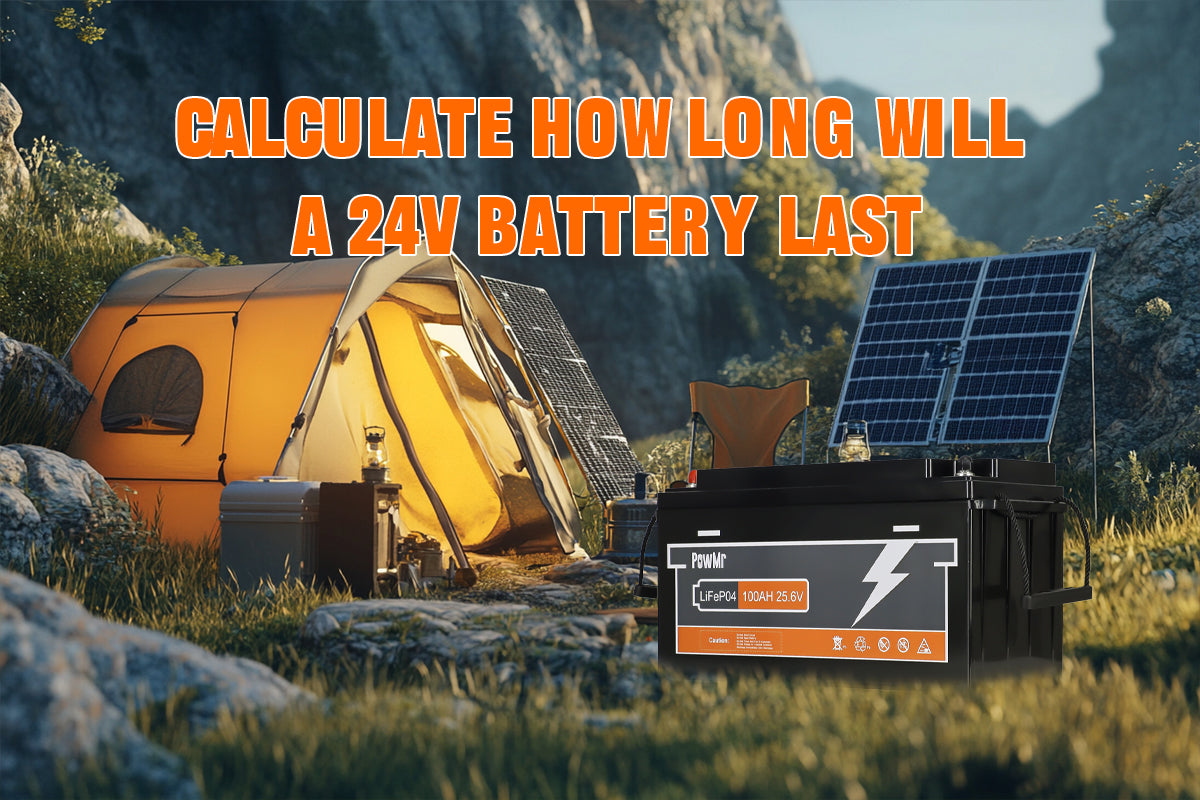LiFePO4 lithium batteries are the leading choice for solar power systems, thanks to their high energy density, long lifespan, efficiency, fast charging, low maintenance, and excellent temperature tolerance. These features make them ideal for effective energy storage in solar applications.
In this article, we explain how to calculate the number of lithium batteries needed for a 5000watt inverter by revealing the relationship between amps, volts, and watts. We will discuss their compatibility with various appliances and address key aspects such as load requirements, PV/generator sources, and energy storage. Additionally, we will examine the power consumption associated with these inverters.
The relationship between amps, volts, and watts in an inverter is defined by the formula: Watts (W) = Volts (V) × Amps (A). Power (watts) results from multiplying voltage by current. Rearranging the formula allows you to calculate amps or volts as needed.
Step1 - List what will a 5000 watt inverter run
Start by listing all the devices you plan to run with the inverter and adding up their power requirements. This helps estimate your actual energy consumption, which is crucial for calculating the number of batteries needed.
The capacity of an inverter is measured in watts (or kilowatts). A 5000W inverter with a rated power of 5 kilowatts refers to the maximum continuous power the inverter can supply under optimal conditions.
A 5000 watt inverter can run a variety of appliances, including many common household like lights, TVs, computers, and smaller kitchen appliances. While the inverter can provide up to 5000 watts continuously, the actual power output at any given time will depend on the load connected to the inverter and the energy available from the input source, such as solar panels or batteries. This is why we recommend listing all the loads that a 5000w inverter will run.
Additionally, be mindful of inductive loads—devices like refrigerators, air conditioners, or power tools—that often consume more energy than their nominal power rating. For a more precise estimation, it's best to refer to their peak power requirements, as indicated in their datasheets.
Peak power refers to the maximum electrical power required by an appliance or device when starting up. For inductive loads, the peak power is typically 3 to 9 times their rated power because they require extra power to overcome the inertia during startup.
If the peak power requirements of some loads exceed the inverter's peak power capacity, you may encounter issues when running them simultaneously. PowMr solar inverters, for instance, offer surge capacities up to twice their rated power, while low-frequency inverters can handle up to three times their rated power. If overloaded, the inverter will automatically shut down, but you can easily reset it afterward.
Step2 - Figure amps from watts and volts
According to the relationship between amps volts and watts [Amps (A) = Watts (W)/ Volts (V)], the amount of current the inverter draws from the energy source depends on the power required by the connected equipment and the voltage of the energy source.
Inverters always regulate output voltage to align with specific grid voltages, ensuring a stable supply of electricity. Therefore, we can figure out the amps based on the wattages obtained from the first step.
To be more straightforward, we assume the total power of the loads connected to the inverter is 5000 watts, meaning it operates at full power capacity:
How many amps does a 5000w inverter drawn at 120v
Plugging in the numbers for a 120V system: Amps = 5000w/120v = 41.67 amps
At 120V, a 5000W inverter draws approximately 41.67 amps.
How many amps does a 5000w inverter drawn at 240v
For a 240V system, the calculation is: Amps = 5000w/240v = 20.83 amps
At 240V, a 5000W inverter draws approximately 20.83 amps.
Note that the grid voltage standard varies by region, so it's important to adjust the calculations based on your local voltage.
For instance, if your location uses 110V, a 5000W inverter would draw 45.45 amps. In the case of a 208V three-phase power, the inverter would draw approximately 24.04 amps.
Step3 - Determine what size lithium battery for 5000 watt inverter
To determine the appropriate battery size for a 5000-watt inverter, you need to consider several key factors:
Battery Voltage:
The voltage of your battery bank (12V, 24V, 48V, etc.) significantly impacts how many batteries you'll need. Higher voltage systems require fewer batteries to achieve the same energy output.
Battery Capacity:
The battery's Ah capacity tells you how much energy the battery can store. A higher Ah rating allows the battery to run the inverter for a longer period.
Duration of Use:
How long you plan to run the inverter at full load is crucial. For example, running the inverter at 5000 watts for an hour will require more energy than running it at 2000 watts for the same amount of time.
Depth of Disharge:
Consider the depth of discharge (DoD) for lithium batteries, as most LiFePO4 batteries can safely discharge up to 80% of their capacity without damaging the battery. This is an important advantage of lithium batteries over traditional lead-acid batteries, which typically only allow 50% discharge.
Step4 - Calculate how many batteries do you need for a 5000w inverter
A 5000W inverter is typically used to power high-demand devices in the home, which is why it is usually designed to operate at 48V to efficiently handle the load.
We won’t go into detail about estimating consumption based on the inverter’s usage time, as we’ve covered that in another article.
In this section, we’ll calculate the number of lithium batteries required for a 5000W inverter, assuming one hour of operation at full capacity. We will use PowMr's 48V 100Ah and 200Ah lithium batteries as examples:
- 100Ah 48V lithium battery: Maximum continuous discharge current of 100A.
- 200Ah 48V lithium battery: Maximum continuous discharge current of 150A.
To extend the battery's lifespan, it is not recommended to use it at the maximum discharge current continuously. Therefore, we set the discharge current to 20 amps.
Number of Lithium Batteries to Supply a 5kW 110V Inverter
A 5000w 110V inverter running at full load draws approximately 45.45 amps (as calculated in Step 2). To find out how many batteries are needed, we can use the following formula:
Number of batteries = Amps required / Battery discharge current
Given that the battery discharge current is 20A:
Number of batteries = 45.45 amps / 20 amps ≈ 2.27 batteries
Since partial batteries are not possible, you would need at least 3 batteries of 48V each to supply a 5000W inverter running at 110V.
Number of Lithium Batteries to Supply a 5kW 240V Inverter
For a 240V system, the inverter draws 20.83 amps. Using the same formula, with a 20A discharge current:
Number of batteries = 20.83 amps / 20 amps ≈ 1.04 batteries
This means you would need 2 batteries to safely supply a 5000W inverter running at 240V.
FAQ - Will a 12V Battery Run a 5000W Inverter?
Running a 5000W inverter on a 12V battery would not be practical, as it would require an extremely high current. For example, a 12V inverter would draw:
Amps = 5000W / 12V = 416.67 amps
This level of current would quickly deplete a 12V battery and could cause damage. For larger inverters like 5000W systems, higher-voltage battery banks, such as 24V or 48V, are far more efficient and manageable.
Also, you can buy multiple 12v batteries and adjust their connection to achieve the desired voltage. For example, connecting two 12v batteries in series to make 24v, and connecting four 12v batteries will give you 48v. We recommend reading our guide on series and parallel battery connections.



